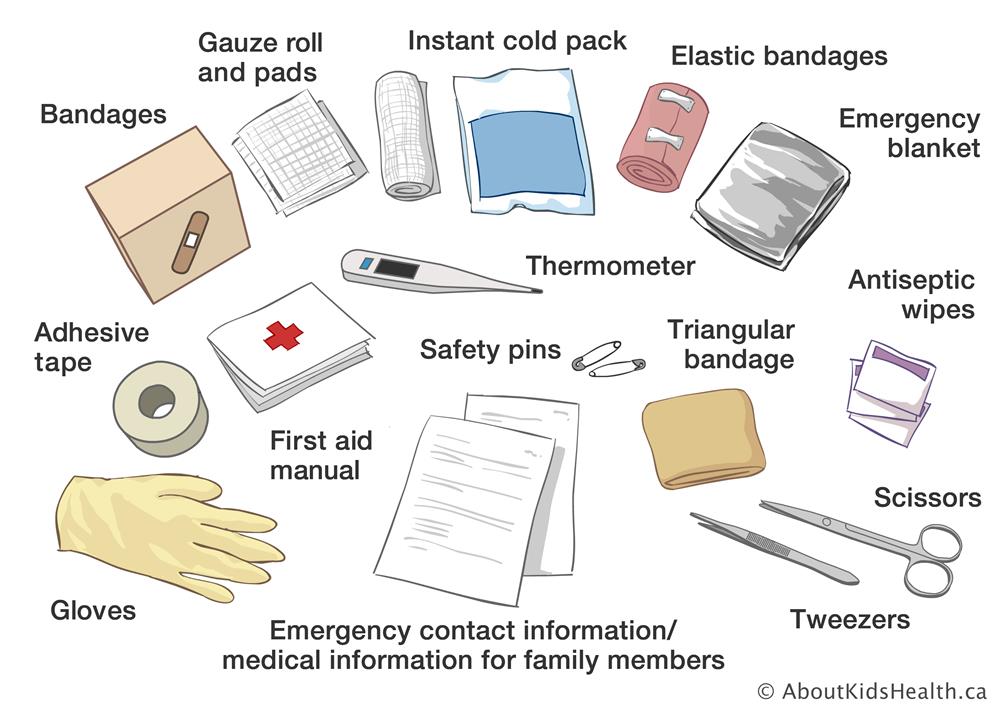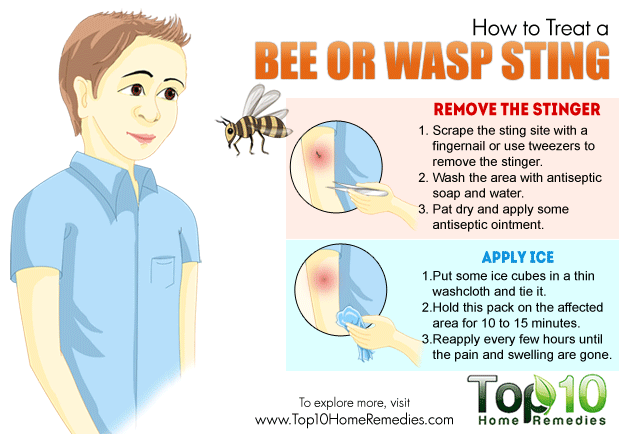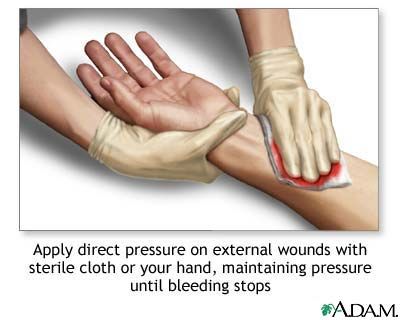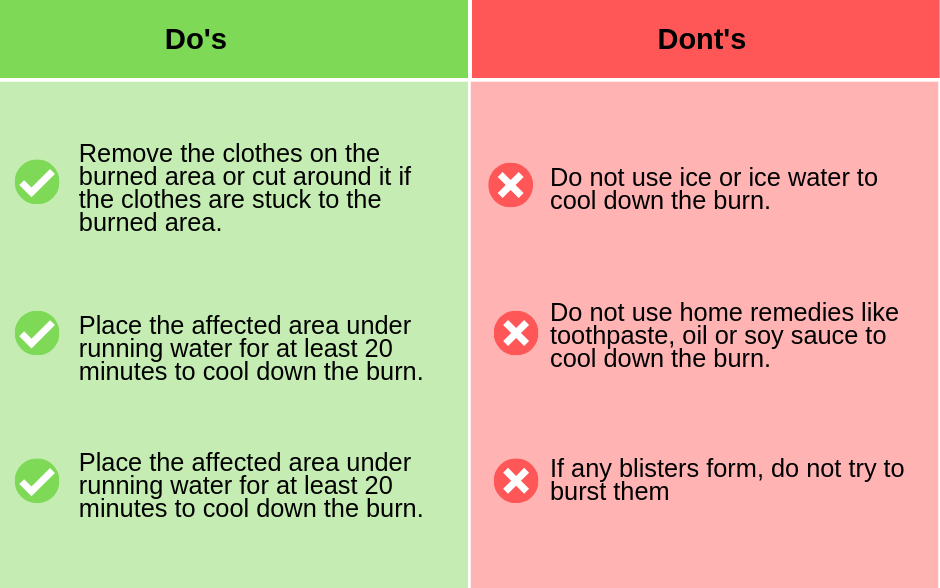Back to: BASIC TECHNOLOGY JSS2
Welcome to JSS2!
We are eager to have you join us in class!!
In today’s Basic Technology class, We will be discussing First Aid. We hope you enjoy the class!

MEANING OF FIRST AIDS
First aid is the immediate treatment given to an injured person before the arrival of a doctor or before taken to the hospital. The person that administers the first aid treatment is called a first aider.
OBJECTIVES OF FIRST AID
- First aid is administered in order to save a life.
- First aid is administered in order to prevent injuries from becoming worse.
- First aid is administered in order to stop or arrest bleeding.
- First aid is administered in order to reduce pains.
- First aid is administered in order to assist the doctor with information.

QUALITIES OF A GOOD FIRST AIDER
- He/she must have a good knowledge of first aid.
- He/she must carry out the first aid activities without fear but with utmost care.
- He/she must be tactful.
- He/she must be cheerful.
- He/she must be a good observant.
- He/she must be kind.
FIRST AID MATERIALS
The following first aid materials are mostly found in the first aid box.
- Bandages
- Scissors
- Methylated spirit
- Safety pins
- Hydrogen peroxides
- Embrocation
- Razorblade
- Smelling salt
- Anti-septic
- Iodine
- Plasters
- Record book and pen
- Forceps
- Safety pins and clips
- Disposable gloves
- Splints
- Analgesics

Basic First Aid for Sprains
The symptoms of a sprain are almost exactly the same as that of a broken bone. When in doubt, first aid for sprains should be the same as broken bones. Immobilize the limb, apply a cold pack, elevate it, and take anti-inflammatory drugs. See your doctor for further diagnosis and treatment.

Basic First Aid for Nosebleeds
Most of us have had a bloody nose at some time in our lives. It simply means bleeding from the inside of the nose due to trauma.
The first aid for nosebleed includes
- Lean forward, not back.
- Pinch the nose just below the bridge. Don’t pinch the nostrils closed by pinching lower.
- Check after five minutes to see if bleeding has stopped. If not, continue pinching and check after another 10 minutes.
- You can also apply a cold pack to the bridge of the nose while pinching.

Basic First Aid for Bee Stings
Bee stings are either annoyingly painful or deadly, depending on if the victim is allergic to the venom.
- Get the stinger out any way you can to prevent more venom being delivered. It’s a myth that any particular way is better or worse.
- If the person is known to be allergic to bee stings, use an EpiPen to prevent anaphylaxis.
- Use a cold pack to reduce swelling at the site, but take care not to cause frostbite.
- Use an antihistamine like Benadryl (diphenhydramine) to reduce swelling and itching.
- Try ibuprofen or Tylenol (acetaminophen) for pain.
- Monitor the person who was stung by signs of anaphylaxis, including hives, redness or itching in other areas of the body, and shortness of breath.

Basic First Aid for Bleeding
Regardless of how severe, almost all bleeding can be controlled. Mild bleeding will usually stop on its own. If severe bleeding is not controlled, it may lead to shock and eventually death.
There are steps to take if you are faced with bleeding right now.
- Cover the wound with a gauze or a cloth and apply direct pressure to stop the blood flow. Don’t remove the cloth. Add more layers if needed. The cloth will help clots form to stop the flow.
- In most cases, applying a tourniquet may do more damage to the limb than good. The 2010 American Heart Association guidelines also discount the value of elevation and using pressure points.

Basic First Aid for Burns
The first step to treating a burn is to stop the burning process. Chemicals need to be cleaned off. Electricity needs to be turned off. Heat needs to be cooled down with running water. Sunburn victims need to be covered up or go inside. No matter what caused the burns or how bad they are, stopping the burn comes before treating the burn.
Take these first aid steps:
- Flush the burned area with cool running water for several minutes. Do not use ice.
- Apply a light gauze bandage.
- Do not apply ointments, butter, or oily remedies to the burn.
- Take ibuprofen or acetaminophen for pain relief if necessary.
- Do not break any blisters that may have formed.

We have come to the end of this class. We do hope you enjoyed the class? We learnt the basics of first aid. Please get appropriate training before administering first aid to a person in need.
Should you have any further question, feel free to ask in the comment section below and trust us to respond as soon as possible.
In our next class, we will be talking about Rescue Operation. We are eager to meet you there
